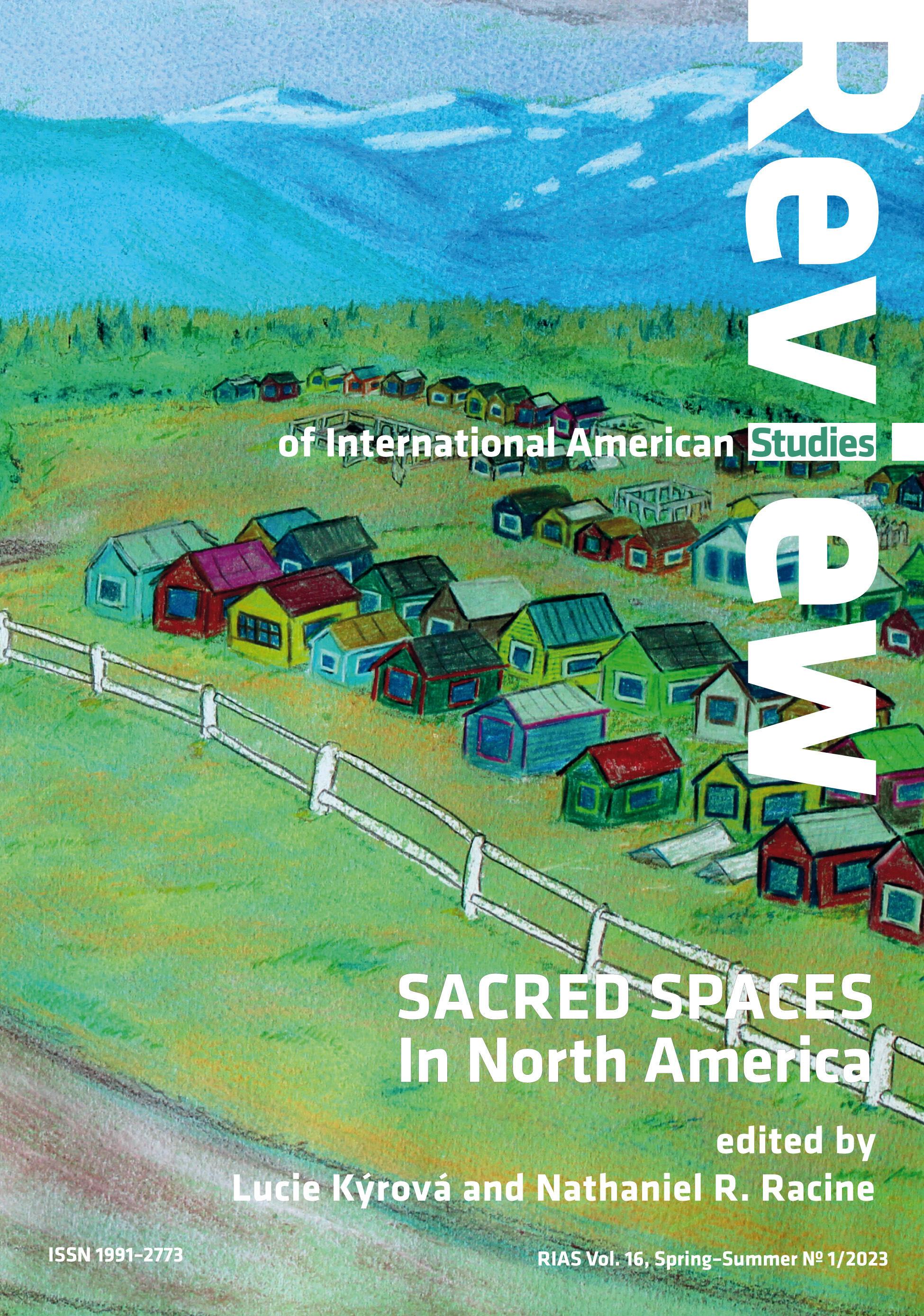CZECH SACRED PLACES IN TEXAS AS THE KEY ELEMENT FOR PRESERVING CZECH IDENTITY
CZECH SACRED PLACES IN TEXAS AS THE KEY ELEMENT FOR PRESERVING CZECH IDENTITY
Author(s): Lukáš PerutkaSubject(s): Social Sciences, Language and Literature Studies, Sociology, Theology and Religion, History and theory of political science, Cultural Anthropology / Ethnology, Nationalism Studies, Sociology of Culture, Identity of Collectives
Published by: Wydawnictwo Uniwersytetu Śląskiego
Summary/Abstract: The process of Czech and Moravian immigration to Texas is a well-known phenomenon. Since 1848, tens of thousands decided to cross the ocean to seek a better future in the “Lone Star state.“ Although their history is well documented, there are still themes to be explored. Their religious activity and the connection it has created with their metropolis is one of them. The church and its institutions sent priests to America to attend to the immigrants in their mother tongue and helped them preserve their cultural identity. Furthermore, they organized the construction of their sacred places that would remind the parishioners of their home country. One example could be the famous painted churches still present in Texas today. This topic has not received proper attention from historians because it requires studying sources on both sides of the Atlantic. The presented contribution tries to change this unflattering fact using the microhistorical approach. Its aim is threefold. First, explain the historical dimension of the religious connection between the Czech and Moravian immigrants in Texas with their metropolis. Second, describe the sacred places of the immigrants, how they were built, what role they played in their everyday life, and how they established a bond with their country of origin. Third, what importance did the sacred places of the Czechs and Moravians have in preserving their language and cultural identity? The microhistorical approach demands the use of various and fragmented sources, and this study will be no exception. It will use archive material from Austria and the Czech Republic, principally the funds of the religious organizations that supported the immigrants in Texas, such as the Leopoldine Society. Furthermore, the article will use published contemporary personal recounts and secondary literature. The content of these sources will be critically analysed to answer the research questions and hopefully contribute to the theme of religion and its invaluable role in an immigrant society.
Journal: Review of International American Studies
- Issue Year: 16/2023
- Issue No: 1
- Page Range: 115-142
- Page Count: 28
- Language: English

